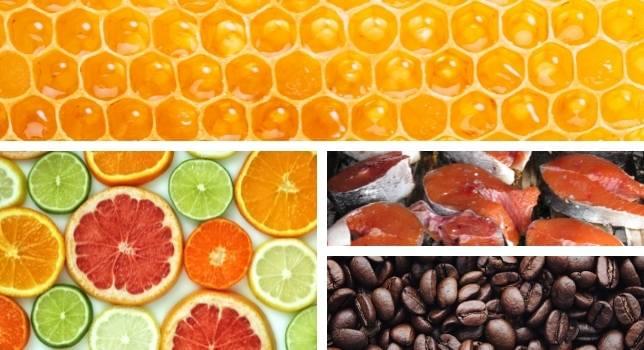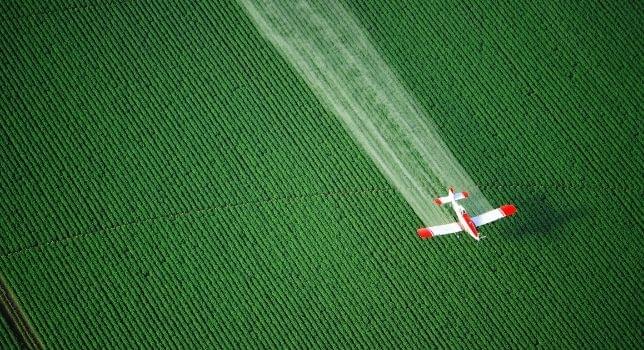The North American Chemical Residue Workshop (NACRW) was held virtually in 2022. Representatives from Smithers Chemistry Department attended and presented at the event. Conference topics covered a diverse range of
residue chemistry subject areas and highlighted recent advances in analytical technology.
Dr. Amos Dwamena, Senior Chemist, presented “Pesticides Exposure Assessment: Analytical Method Challenges and Opportunities.”
The presentation discussed the indirect estimation of human exposure assessment using active and passive dosimetry for scenario evaluations following the EPA Series 875 Test Guidelines. Assessment of exposure by evaluation of PPE, inhalation by use of air filters and non-standard exposure of antimicrobials (biocides) for the development of the Biocide Handlers Exposure Database (BHED
TM) were considered. The presentation then reviewed options for sample preparation, matrix screening and instrumentation to drive efficiencies in analysis.
Smithers scientists have developed experience using alternative benign solvents for the extraction of pesticides at trace levels to meet stringent regulatory requirements. Coupled with storage stability testing, a comprehensive test package for exposure assessment for pesticides and antimicrobials is offered.
Contact us to learn more about these capabilities.
Additional NACRW highlights included advances in techniques and technologies used in residue chemistry.
Of particular interest was the extension of QuEChERS (Quick, Easy, Cheap, Effective, Rugged and Safe) extractions to QuEChERSER (+ efficient and robust), a “mega-method,” which covers a wider polarity range of analytes. Changes included a two-phase sample comminution step, the extraction of a smaller sample size with a higher ratio of solvent. However, one of the elegant updates to the method is salt-partitioning and cleanup steps tailored for GC-amenable analytes without compromising to accommodate LC analysis. The GC methodology recommends automated instrument top sample preparation to perform the µ-SPE step and low-pressure GC-MS/MS, which would be a capital investment for labs. It’s expected that this method will increase the scope of QuEChERS to more polar analytes including veterinary residues.
Also of note is the development of a diethylamine bonded phase in LC. Originally designed for super-critical fluid chromatography, attached to an ethylene bridges hybrid particle it employs two-stage functionalization to control retention characteristics and selectivity / peak shape for polar anionic compounds. Above retention of polar analytes, this column also allows greater sensitivity of methods with removal of additives to the mobile phase, particularly useful in complex matrices.
A two system GC-MS/MS with pneumatic switching device and mid-column backflush, low pressure GC-MS/MS, was discussed. The methodology allows faster run times that are amenable with hydrogen carrier gas configuration in complex matrices for
pesticide residue analysis.
For more information about our residue chemistry services or to discuss your testing needs
contact us to schedule a call.
.jpg?ext=.jpg)

-(644-×-350-px).jpg?ext=.jpg)

